Fukushima - Reading Between The Lines From Rense. Excerpts:
That's the politically correct way of saying they are dumping radioactive water into the ocean. Silt fences don't stop water. Water seeks it's own level. SEA level.
In addition, they got an increased pressure reading in one of the cores and began injecting nitrogen to prevent a hydrogen explosion - but that won't control the pressure and it will eventually vent to the atmosphere or to the water table. Unless, of course, the hydrogen blows up - which is the same thing - it will vent to atmospheric pressure. So that is busy-work as well. They want to be able to say, and ARE SAYING "We are doing our best, and cleaning up an old accident. No more earthquakes will occur, so neither this plant, which is hanging on by it's fingernails, nor any OTHER bland on the affected coastline are in any danger. Go about your business."
That belief is irrational. But worse, it isn't true.
Fresh leak fears as Japan rocked by ANOTHER earthquake From The Mirror, via Rense. Excerpts:
RADIATION levels around Japan’s stricken nuclear plant soared after another earthquake jolted the country yesterday.
Levels of radioactivity rose sharply in seawater near the plant. It happened shortly after the Tokyo Electric Power Company had beefed up safety systems. TEPCO has been fighting leaks at the plant since it was crippled by a tsunami on March 11.
Workers cannot approach reactor buildings NHK, via Rense. Excerpts:
At the Fukushima Daiichi nuclear plant, high levels of radiation have kept workers from approaching the buildings housing the first 3 reactors, which lost their cooling functions in the March 11th earthquake and tsunami.
On Friday, the highest radiation level measured outside the double-entry doors of the Number 1 to 3 reactor buildings was 2 to 4 millisieverts per hour.
Radiation levels measured between the double doors of those reactor buildings was 270 millisieverts in the Number One reactor, 12 in Number 2, and 10 in Number 3.
The radiation level detected at the Number One reactor exceeds the national exposure limit of 250 millisieverts for nuclear contract workers.
Special Report: The nuclear industry's trillion dollar question
Before Fukushima, more than 300 nuclear reactors were planned or proposed worldwide, the vast majority of them in fast-growing developing economies. While parts of the developed world might now freeze or even reduce their reliance on nuclear, emerging markets such as China, India, the Middle East and Eastern Europe will continue their nuclear drive.
But with fewer plants to bid on, the competition for new projects is likely to grow even fiercer -- and more complicated. Will concern about safety benefit Western reactor builders, or will cheaper suppliers in Russia and South Korea hold their own? And what if the crisis at Fukushima drags on as appears likely? Could it still trigger the start of another ice age for nuclear power, like Chernobyl did in 1986? Or will it be a bump, a temporary dip in an upward growth curve?
Japanese unhappy with government crisis response - poll
A majority of people in Japan disapprove of the government's handling of the nuclear crisis at the crippled Fukushima plant, opinion polls suggest.
That's the politically correct way of saying they are dumping radioactive water into the ocean. Silt fences don't stop water. Water seeks it's own level. SEA level.
In addition, they got an increased pressure reading in one of the cores and began injecting nitrogen to prevent a hydrogen explosion - but that won't control the pressure and it will eventually vent to the atmosphere or to the water table. Unless, of course, the hydrogen blows up - which is the same thing - it will vent to atmospheric pressure. So that is busy-work as well. They want to be able to say, and ARE SAYING "We are doing our best, and cleaning up an old accident. No more earthquakes will occur, so neither this plant, which is hanging on by it's fingernails, nor any OTHER bland on the affected coastline are in any danger. Go about your business."
That belief is irrational. But worse, it isn't true.
Fresh leak fears as Japan rocked by ANOTHER earthquake From The Mirror, via Rense. Excerpts:
RADIATION levels around Japan’s stricken nuclear plant soared after another earthquake jolted the country yesterday.
Levels of radioactivity rose sharply in seawater near the plant. It happened shortly after the Tokyo Electric Power Company had beefed up safety systems. TEPCO has been fighting leaks at the plant since it was crippled by a tsunami on March 11.
Workers cannot approach reactor buildings NHK, via Rense. Excerpts:
At the Fukushima Daiichi nuclear plant, high levels of radiation have kept workers from approaching the buildings housing the first 3 reactors, which lost their cooling functions in the March 11th earthquake and tsunami.
On Friday, the highest radiation level measured outside the double-entry doors of the Number 1 to 3 reactor buildings was 2 to 4 millisieverts per hour.
Radiation levels measured between the double doors of those reactor buildings was 270 millisieverts in the Number One reactor, 12 in Number 2, and 10 in Number 3.
The radiation level detected at the Number One reactor exceeds the national exposure limit of 250 millisieverts for nuclear contract workers.
Special Report: The nuclear industry's trillion dollar question
Before Fukushima, more than 300 nuclear reactors were planned or proposed worldwide, the vast majority of them in fast-growing developing economies. While parts of the developed world might now freeze or even reduce their reliance on nuclear, emerging markets such as China, India, the Middle East and Eastern Europe will continue their nuclear drive.
But with fewer plants to bid on, the competition for new projects is likely to grow even fiercer -- and more complicated. Will concern about safety benefit Western reactor builders, or will cheaper suppliers in Russia and South Korea hold their own? And what if the crisis at Fukushima drags on as appears likely? Could it still trigger the start of another ice age for nuclear power, like Chernobyl did in 1986? Or will it be a bump, a temporary dip in an upward growth curve?
Japanese unhappy with government crisis response - poll
A majority of people in Japan disapprove of the government's handling of the nuclear crisis at the crippled Fukushima plant, opinion polls suggest.










































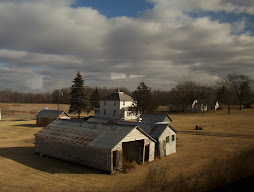




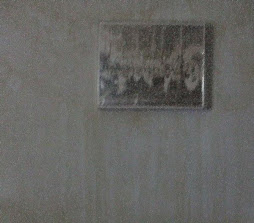






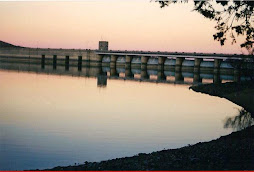






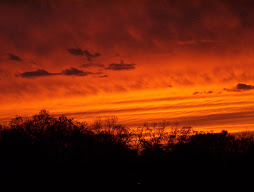
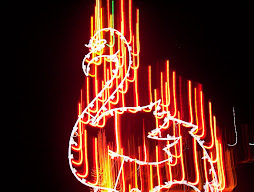


















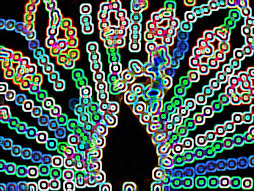









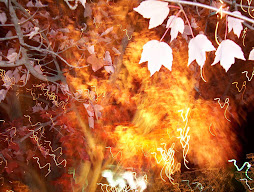

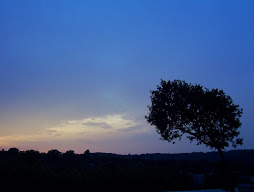











No comments:
Post a Comment